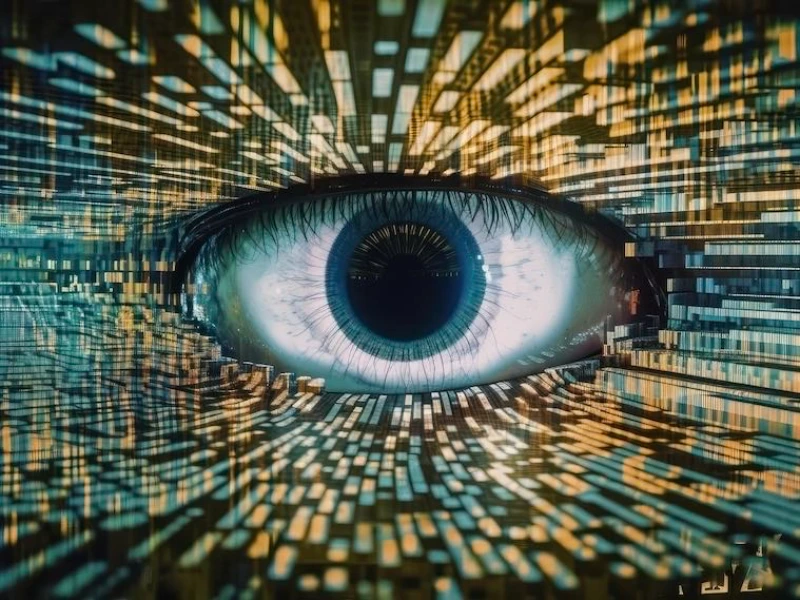- Computer vision is a field of computer science that focuses on enabling computers to identify and understand objects and people in images and videos.
- Like other types of AI, computer vision seeks to perform and automate tasks that replicate human capabilities. In this case, computer vision seeks to replicate both the way humans see, and the way humans make sense of what they see.
- The range of practical applications for computer vision technology makes it a central component of many modern innovations and solutions. Computer vision can be run in the cloud or on-premises.
Computer vision applications harness input from sensing devices, artificial intelligence, machine learning, and deep learning to mimic the functionality of the human visual system. These applications utilise algorithms trained on extensive visual datasets stored in the cloud. By identifying patterns within this visual data, they ascertain the content of other images.
The purpose of computer vision is to equip machines with the ability to understand and interpret visual information, opening up a myriad of possibilities across various domains. From object recognition and scene understanding to quality control and medical diagnosis, computer vision is driving innovation and transforming industries.
Also read: Is speech recognition machine learning?
Defining computer vision
Computer vision is a branch of artificial intelligence (AI) that empowers computers to interpret and understand visual information from images and videos. Essentially, it enables machines to “see” and comprehend the visual world in a manner similar to humans. By analysing and processing visual data, computer vision algorithms can extract valuable insights, recognise objects, and make intelligent decisions based on what they perceive.
Also read: Intel develops the largest neuromorphic computer system
5 purposes of computer vision
The primary purpose of computer vision is to bridge the gap between the digital and physical worlds, enabling machines to interact with visual information in a meaningful way. Some key purposes of computer vision include:
1. Object recognition and classification
One of the fundamental goals of computer vision is to accurately identify and classify objects within images and videos. This capability has numerous practical applications, from automated inventory management in retail to facial recognition in security systems.
2. Scene understanding
Computer vision algorithms can analyse entire scenes, extracting contextual information and understanding the relationships between different objects and elements within the scene. This ability is crucial for tasks such as autonomous navigation in self-driving cars and augmented reality applications.
3. Visual inspection and quality control
In manufacturing and industrial settings, computer vision is used for visual inspection and quality control purposes. By analysing images of products or components, computer vision systems can detect defects, anomalies, or deviations from desired standards, ensuring product quality and consistency.
4. Medical imaging and diagnosis
Computer vision plays a vital role in healthcare, particularly in medical imaging and diagnosis. By analysing medical images such as X-rays, MRIs, and CT scans, computer vision algorithms can assist healthcare professionals in identifying abnormalities, diagnosing diseases, and planning treatments.
5. Surveillance and security
Computer vision is widely utilised in surveillance and security systems for monitoring and detecting suspicious activities, identifying individuals, and enhancing situational awareness in public spaces, airports, and other critical locations.

